15 Deadly U.S. Heatwaves That Changed History
Heatwaves don’t just make you sweat—they can turn ordinary days into nightmares. Imagine your city shimmering in a haze, streets empty at noon, and the air so thick it feels like you’re breathing soup. For many Americans, these scorching, relentless heatwaves have brought more than discomfort—they’ve brought tragedy, loss, and lessons written in sweat and sorrow. Let’s journey through the deadliest U.S. heatwaves, see their human costs, and understand the powerful forces behind them.
The Heatwave of 1896: New York’s Wake-Up Call
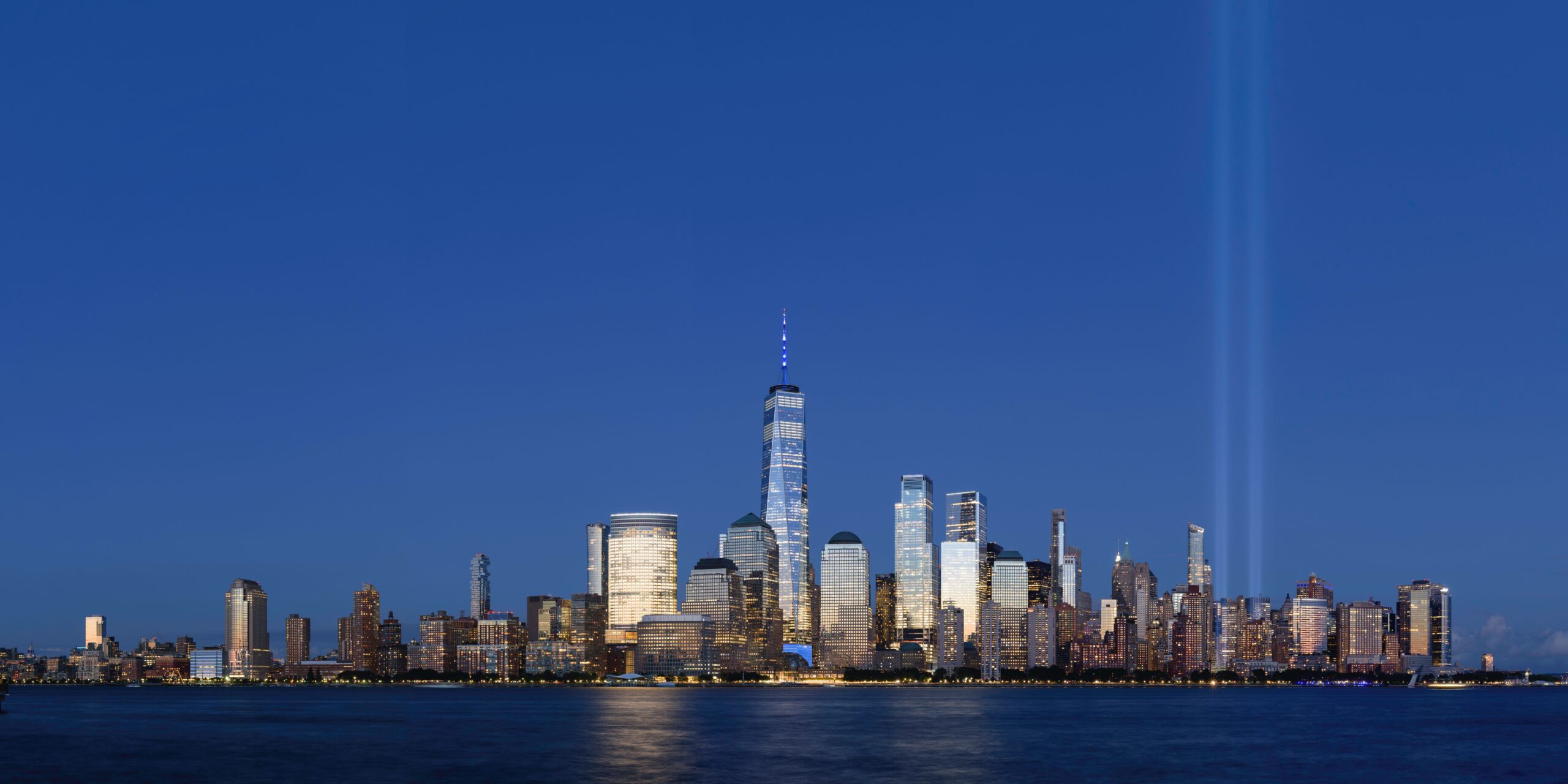
Back in August 1896, New York City was hit by a brutal heatwave that lasted nearly 10 days. The city’s tenements trapped heat like ovens, and with little wind or relief, temperatures soared above 90°F. Over 1,500 people lost their lives, most of them poor laborers and families packed into crowded buildings. The tragedy spurred reforms in public health, including measures for better ventilation and city planning. It was a stark reminder that even bustling cities could be powerless against the wrath of nature.
The 1936 North American Heatwave: A Dust Bowl Disaster
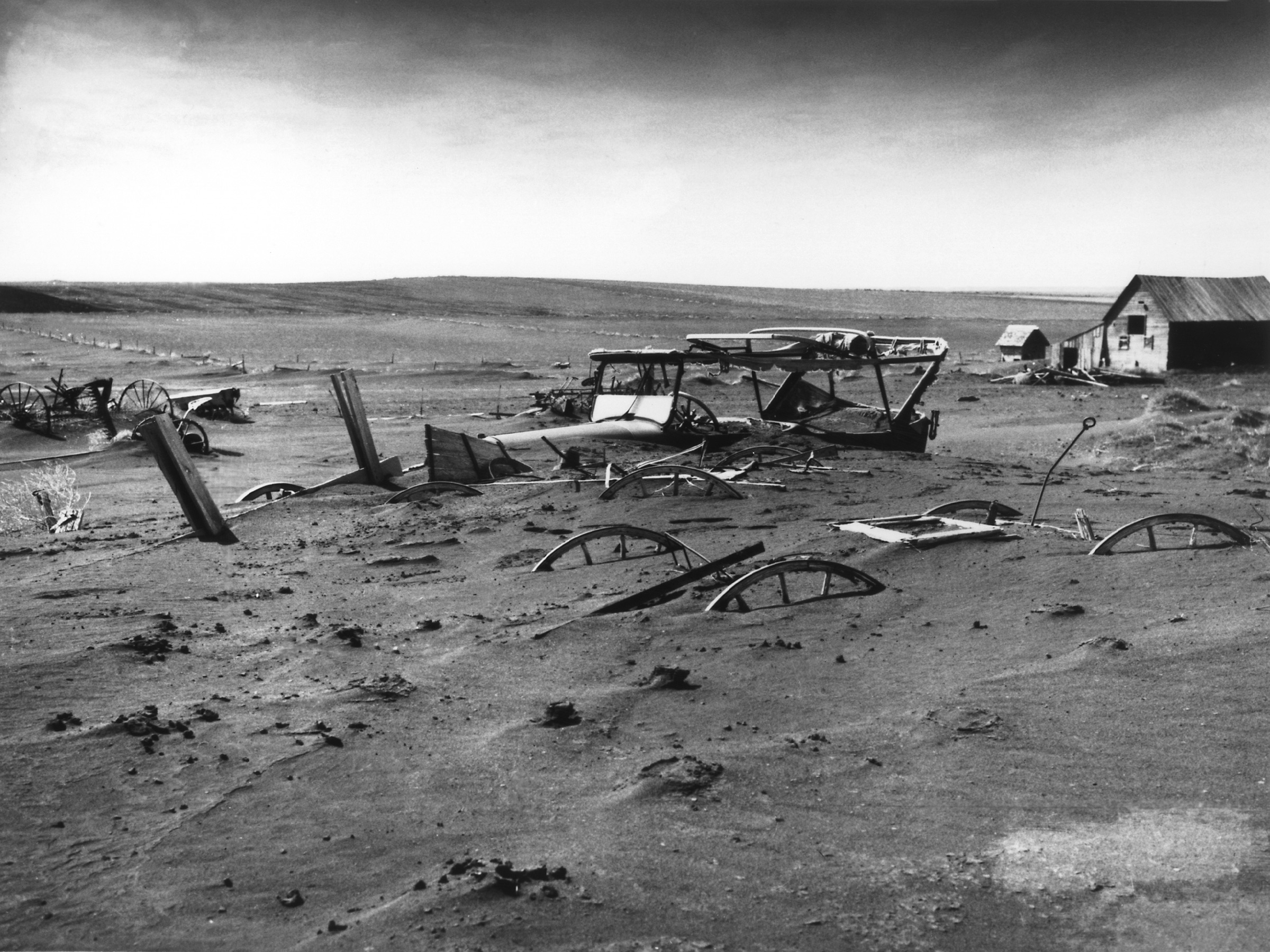
The summer of 1936 was one of the hottest on record, striking during the Great Depression and Dust Bowl. Temperatures in parts of the Midwest reached a stunning 121°F. Crops withered, rivers dried up, and thousands of Americans died—estimates put the toll at over 5,000. The combination of economic hardship, drought, and relentless heat made this heatwave especially deadly. Many still recall stories of families sleeping outdoors and desperate measures to find relief.
The 1980 Central and Eastern U.S. Heatwave: When Power Grids Failed
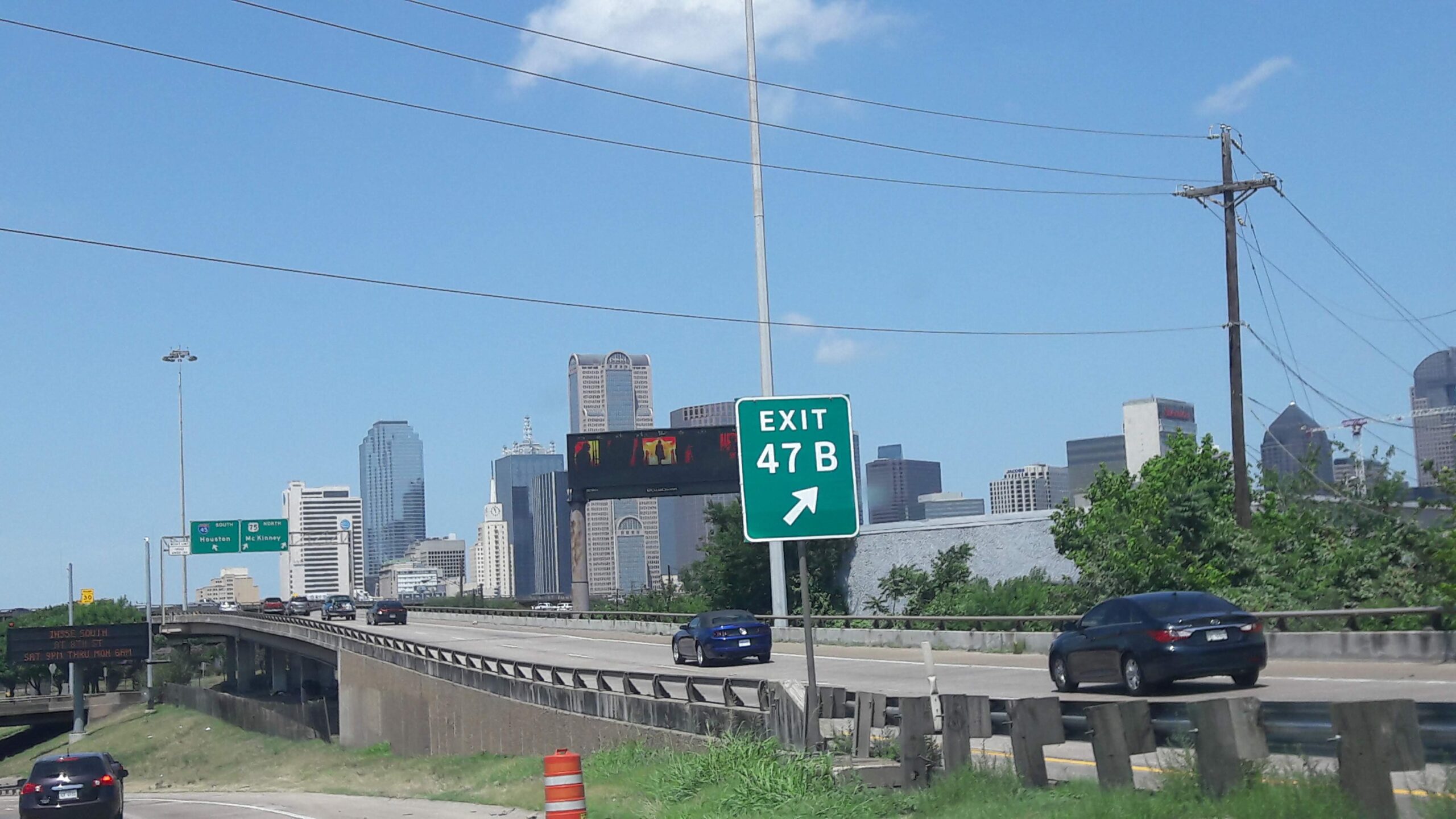
From June to September 1980, a suffocating heatwave gripped much of the country, especially Texas and the Midwest. Dallas hit 100°F or higher for 42 consecutive days. More than 1,700 people died, many from heatstroke or heart attacks. Air conditioning systems faltered and power outages were common, leaving the vulnerable especially at risk. This heatwave changed how cities prepared for extreme heat, emphasizing emergency cooling centers.
The 1995 Chicago Heatwave: Urban Tragedy
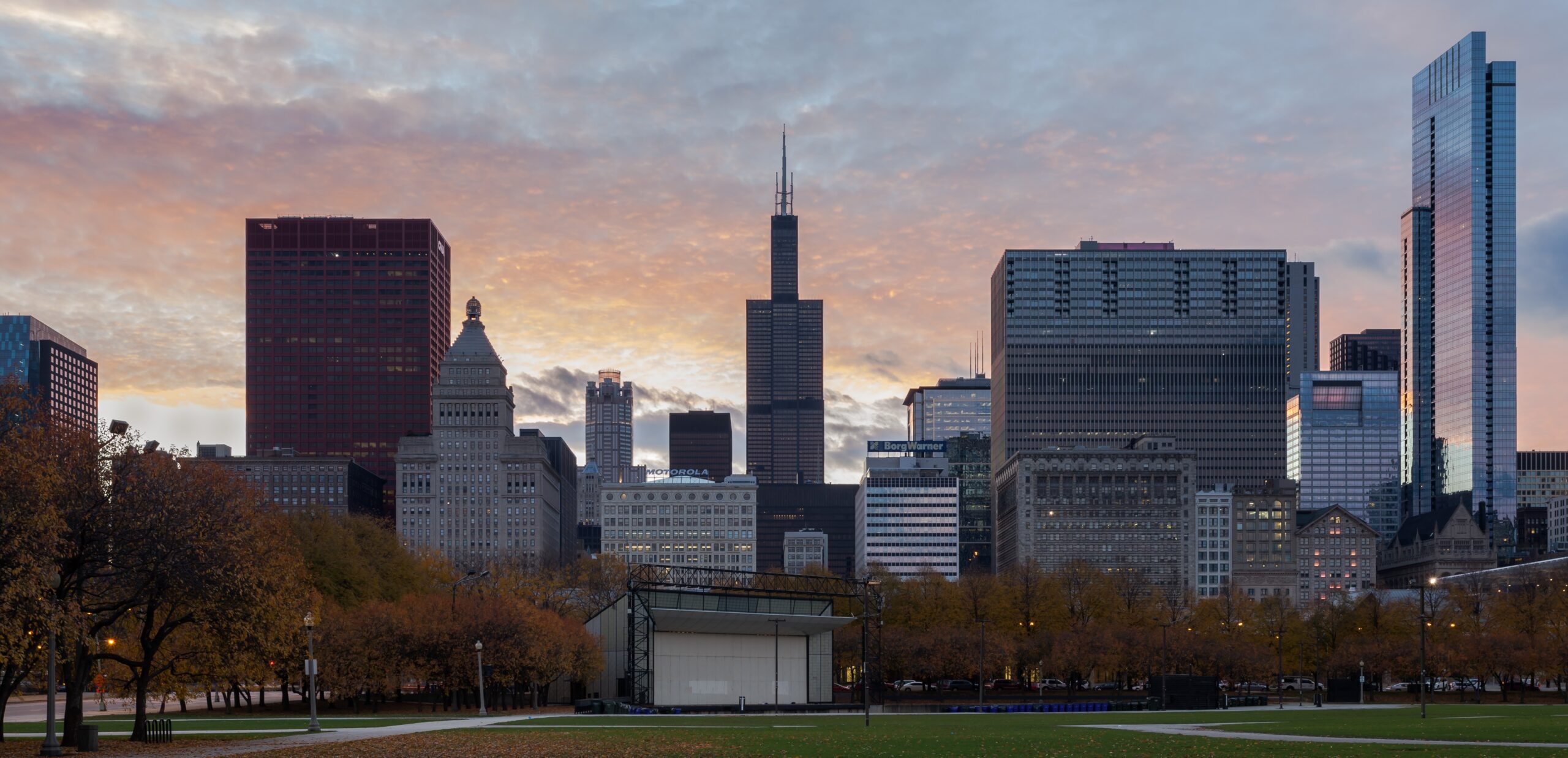
Chicago’s 1995 heatwave stands as one of the most lethal urban heat events in U.S. history. For five days in July, temperatures topped 100°F with oppressive humidity. Over 700 people died, mostly elderly residents living alone. Many apartments lacked air conditioning, and fear of crime kept windows shut tight. The disaster shocked the city and led to major changes in emergency response and social services for at-risk populations.
The 2003 Northeast Blackout Heatwave
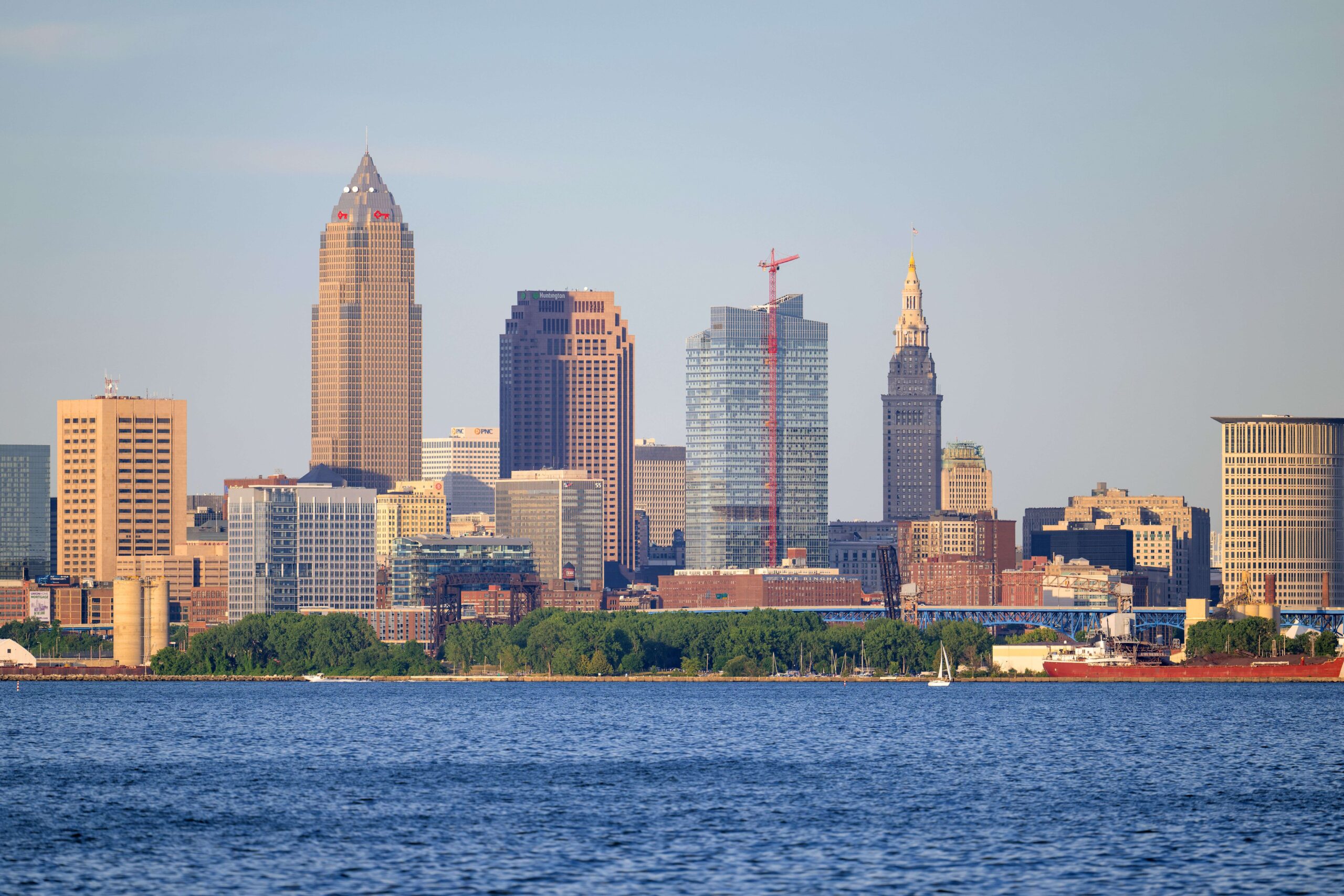
In August 2003, a massive blackout hit the Northeast and Midwest just as a heatwave struck. Millions lost power during sweltering temperatures, and over 100 deaths were linked to the heat and lack of electricity for cooling. New York City, Detroit, and Cleveland were among the hardest hit. The event highlighted how critical electricity is during heatwaves and prompted major upgrades to power infrastructure.
The 2006 California Heatwave: Farm Fields on Fire
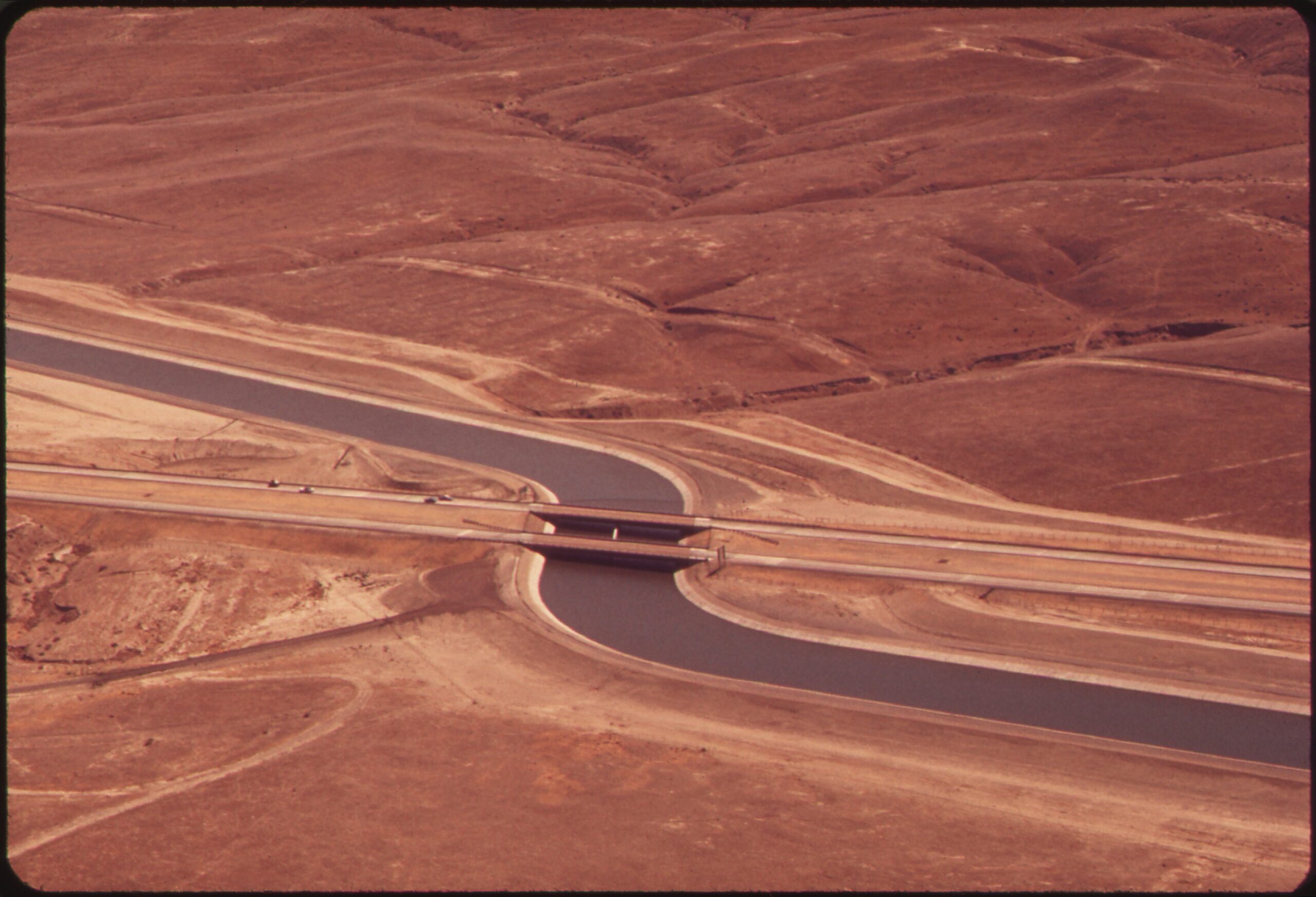
For 10 days in July 2006, California sizzled under a punishing heatwave. Temperatures soared above 110°F in the Central Valley, killing at least 650 people and causing $5 billion in agricultural losses. Thousands of livestock perished and crops wilted in the fields. The event exposed the vulnerability of farmworkers and those living in rural areas without reliable access to cooling or healthcare.
The 2011 Southern Plains Heatwave
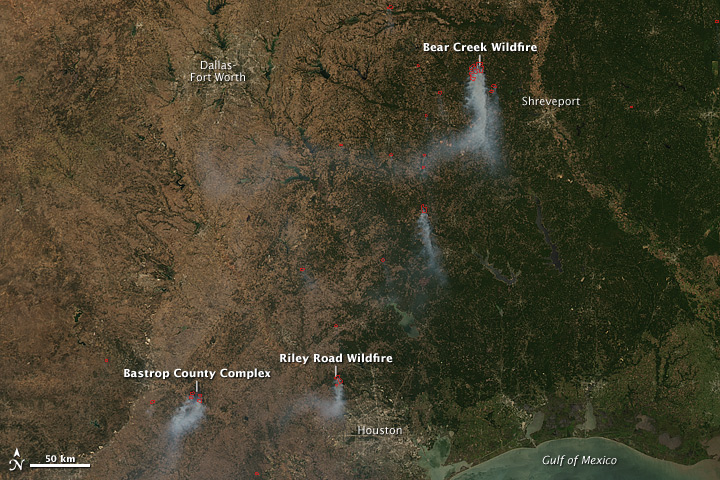
In 2011, the Southern Plains—Texas, Oklahoma, and Kansas—endured a relentless heatwave. Dallas logged 71 days above 100°F, and thousands of wildfires broke out across the region. The heat contributed to more than 100 deaths and caused widespread drought, leading to billions in agricultural damages. This event was a wake-up call for states to improve public warnings and disaster readiness.
The 2012 Midwest and Great Plains Heatwave
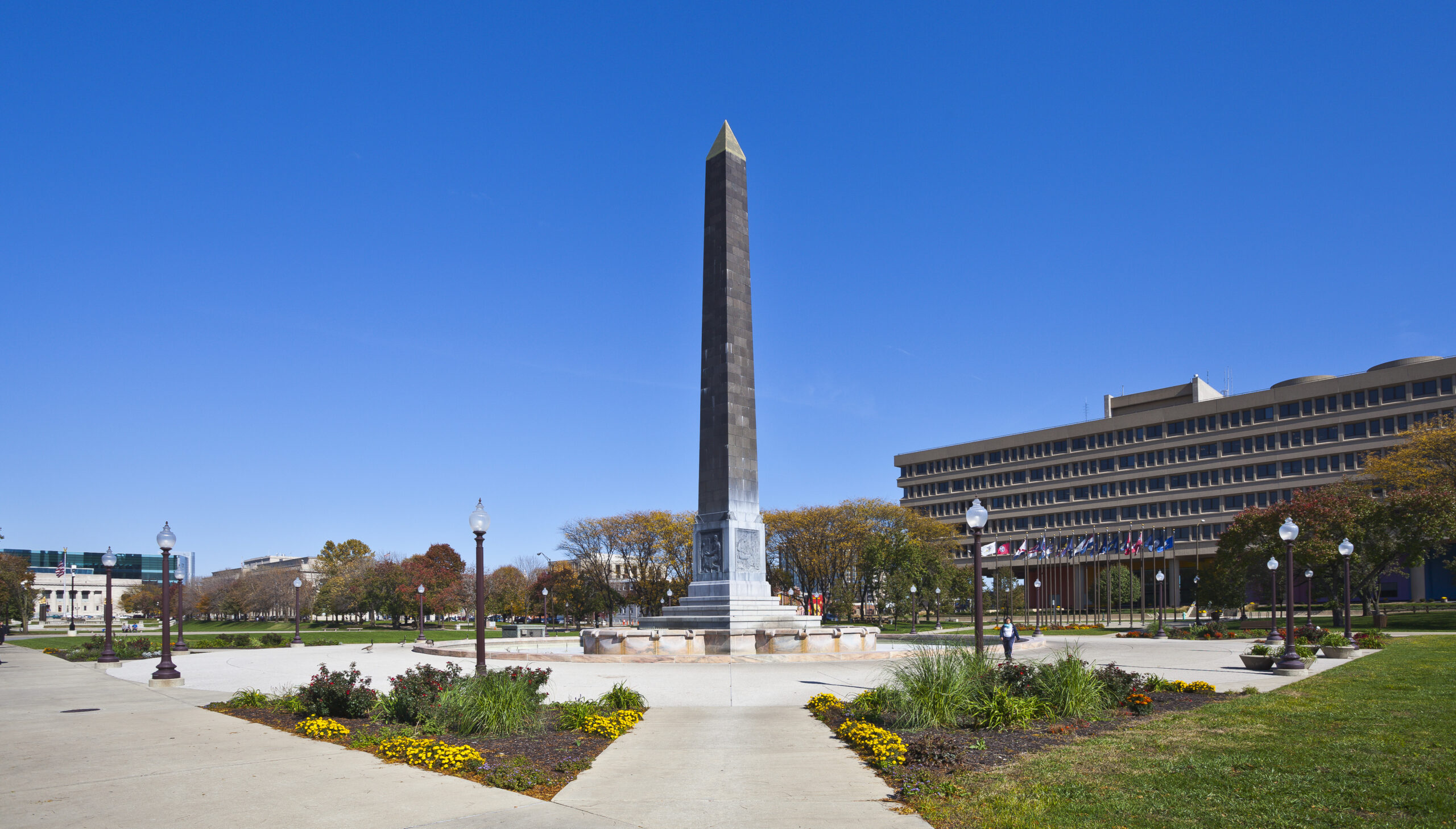
The summer of 2012 brought another scorching heatwave to the Midwest and Great Plains. Temperature records tumbled as cities like St. Louis and Indianapolis baked in triple-digit heat. Over 80 deaths were attributed to the event, and the intense heat fueled one of the worst droughts in recent memory. Corn and soybean crops suffered, sending shockwaves through the nation’s food supply.
The 2018 Northeast and Mid-Atlantic Heatwave
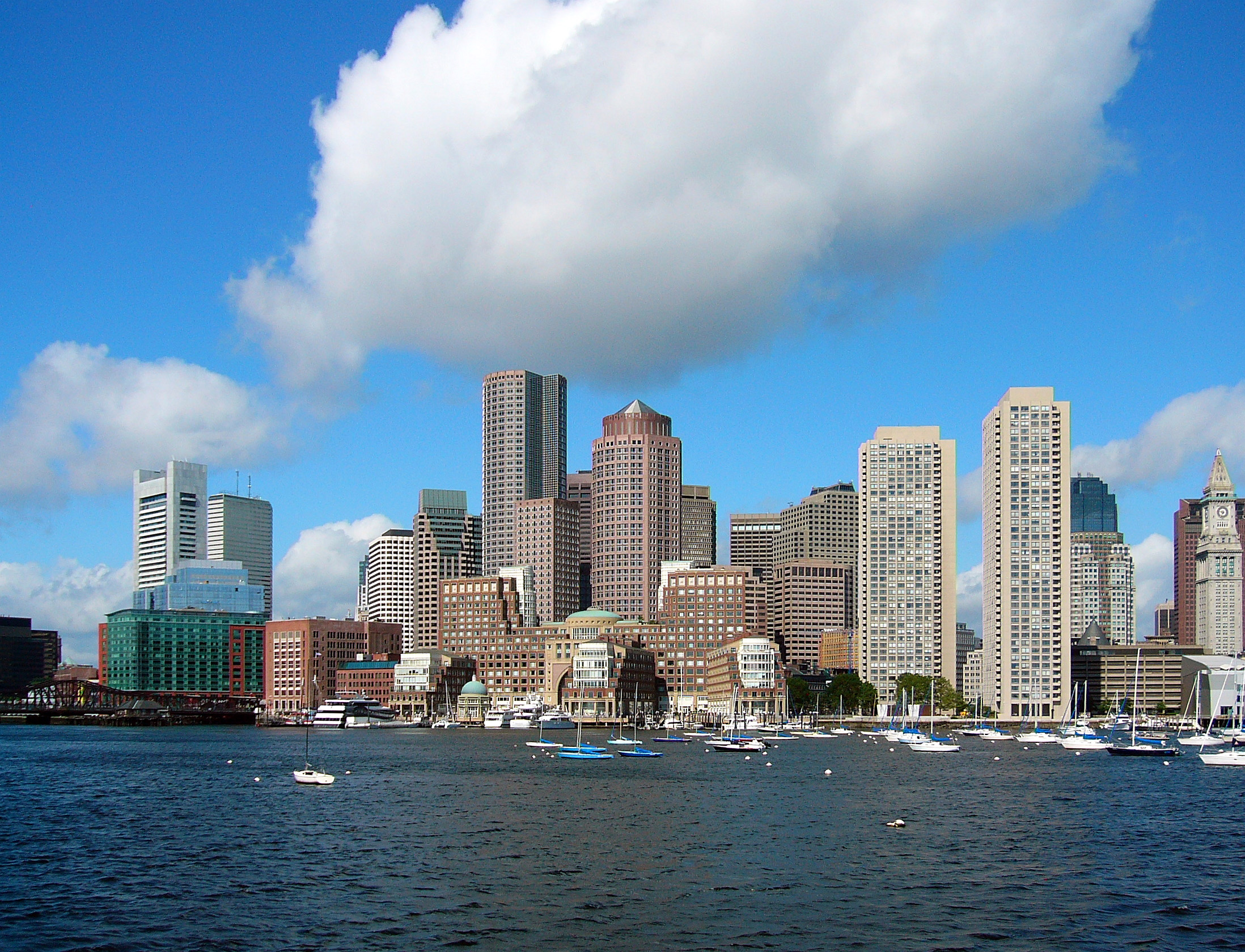
In July 2018, the Northeast and Mid-Atlantic experienced an extended heatwave, with many cities enduring several days above 95°F. New York City, Boston, and Philadelphia saw increased emergency calls and hospitalizations. At least six deaths were directly linked to the heat, and the stress on power grids caused scattered blackouts. Cities ramped up cooling centers and outreach to help the homeless and elderly stay safe.
The 2020 Southwestern Heatwave
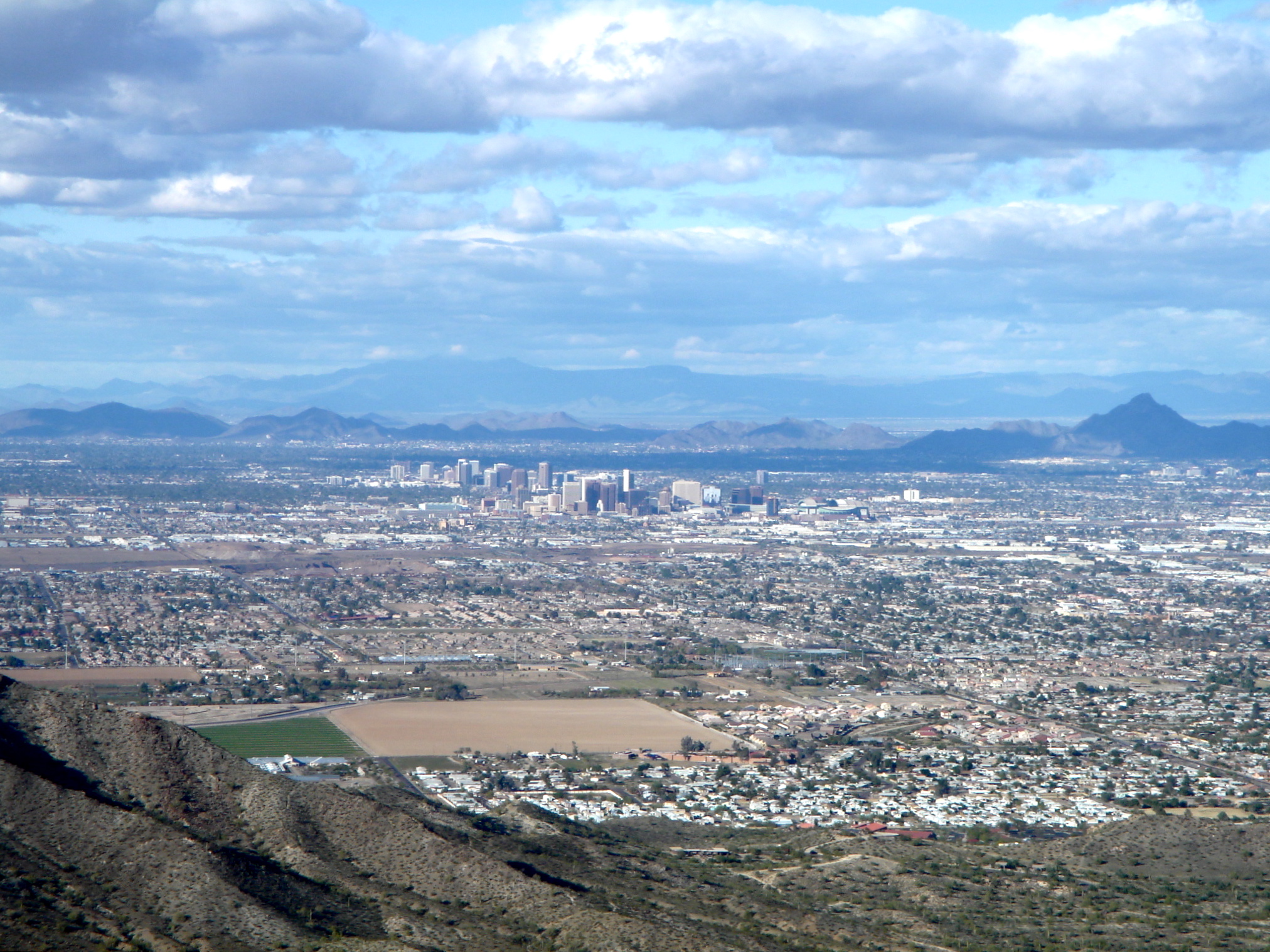
The summer of 2020 brought record-breaking heat to the Southwest. Phoenix reached over 110°F for 53 days, the most in its history. The heat was relentless, straining hospitals already grappling with the COVID-19 pandemic. Dozens of heat-related deaths were reported, especially among the homeless. The event emphasized how overlapping crises can magnify the dangers of extreme heat.
The 2021 Pacific Northwest Heat Dome
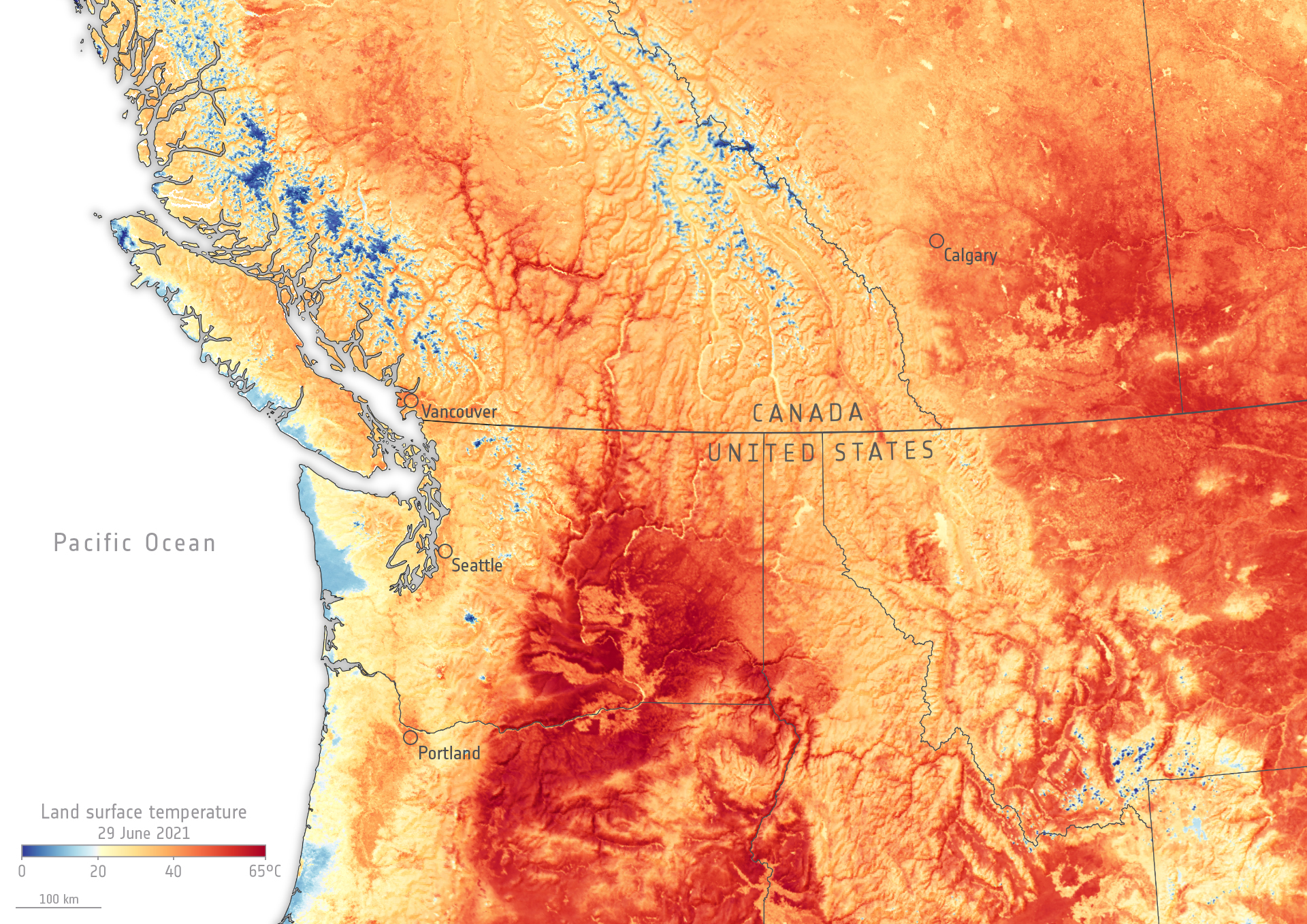
June 2021 saw the Pacific Northwest, usually known for mild summers, swelter under a “heat dome.” Portland hit 116°F and Seattle reached 108°F—both all-time records. The heatwave killed more than 600 people in the U.S. and Canada, overwhelming emergency services. Many homes lacked air conditioning, and the searing heat shocked local residents and scientists alike.
The 2022 Central U.S. Heatwave
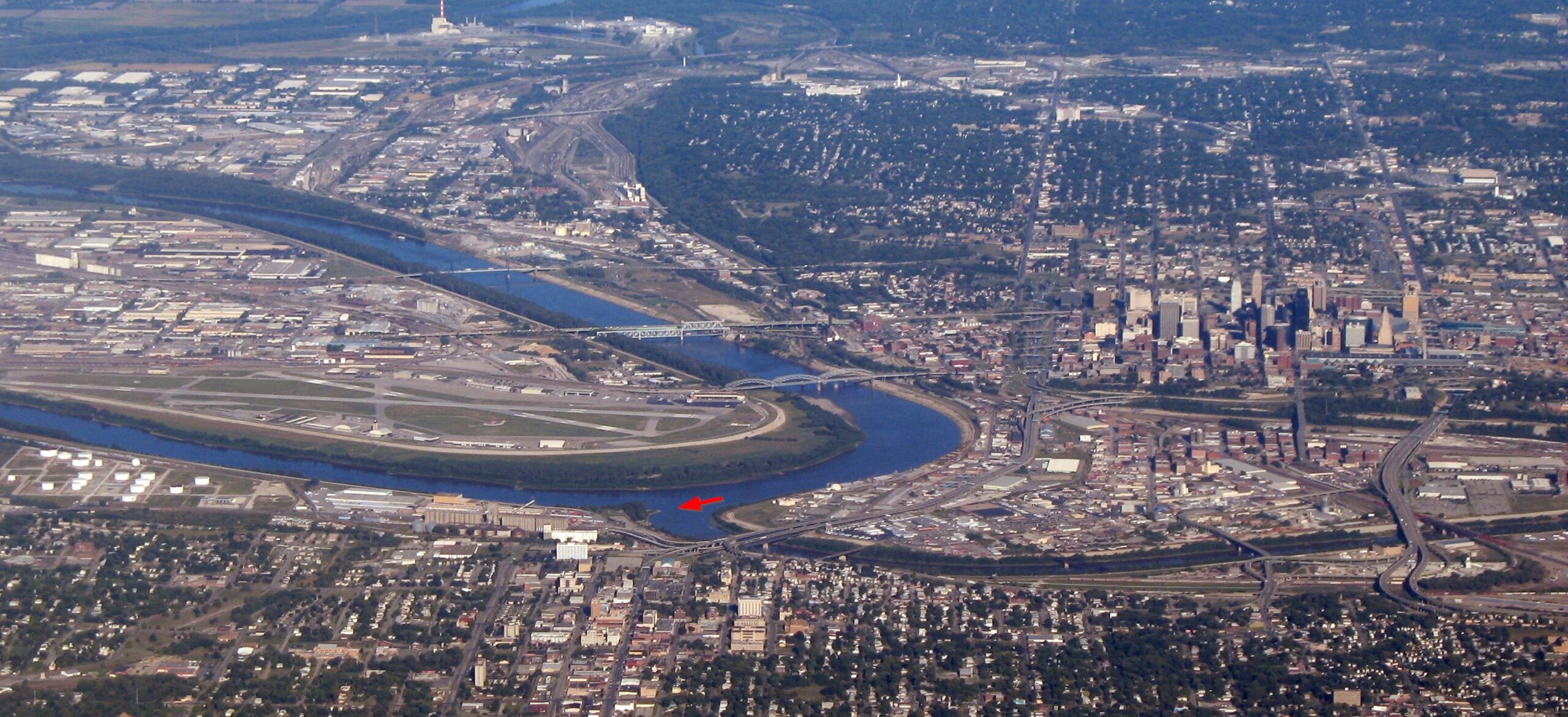
In 2022, a persistent heatwave battered the central U.S., pushing temperatures in cities like Kansas City and Memphis well above 100°F for days. The event led to dozens of deaths, strained emergency rooms, and forced outdoor events to be canceled. The heat also triggered rolling blackouts in some areas, highlighting continued vulnerabilities in infrastructure.
The 2023 Southern Heatwave: Unforgiving and Relentless
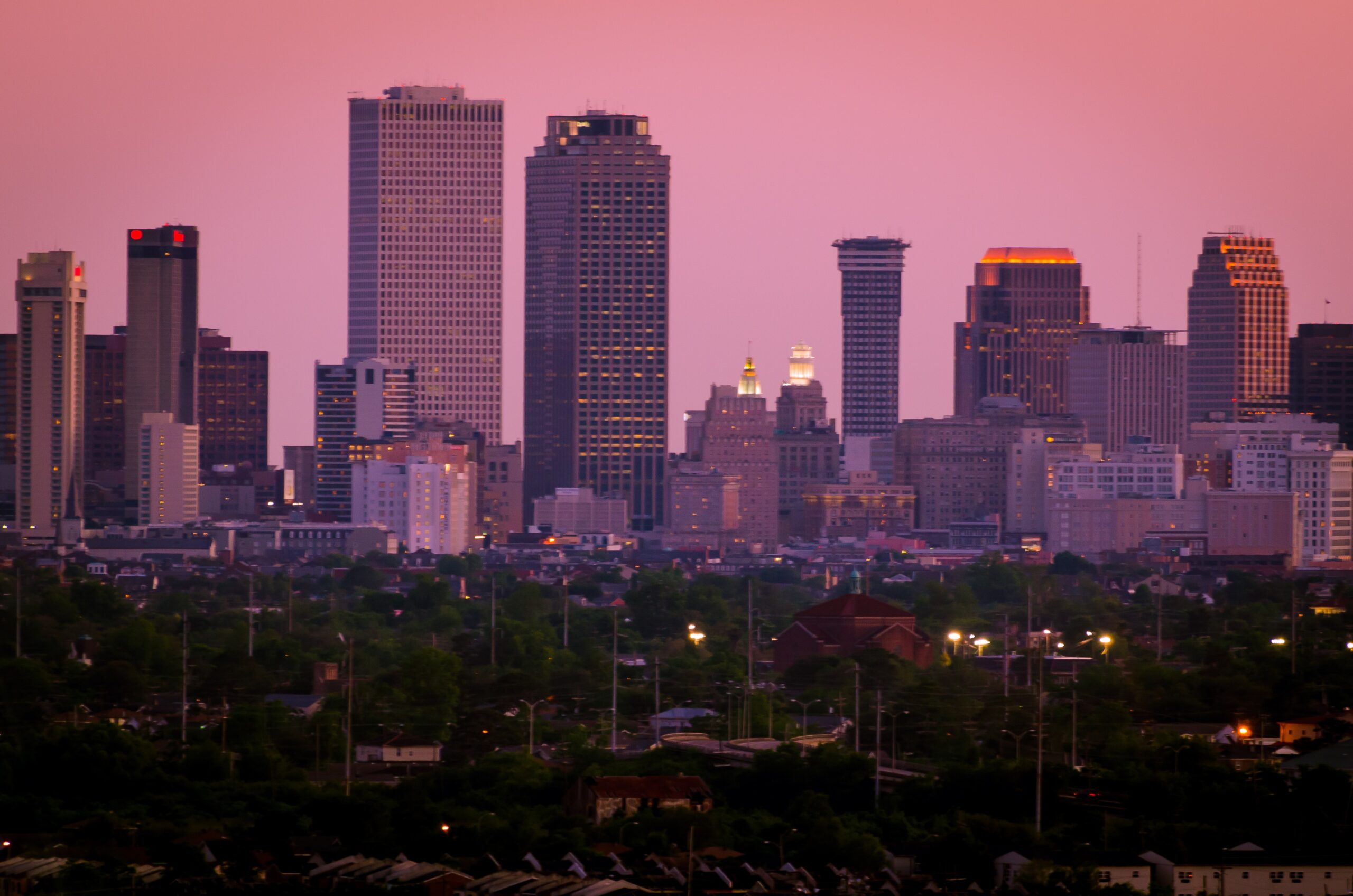
The summer of 2023 was especially cruel to the South. Houston, New Orleans, and Miami all saw prolonged stretches above 100°F. Over 150 deaths were reported, with emergency rooms filling up and power companies pleading with residents to conserve energy. The event reignited debates about climate change and the need for better heat protection for low-income communities.
The 2024 Midwest Heatwave: A New Record
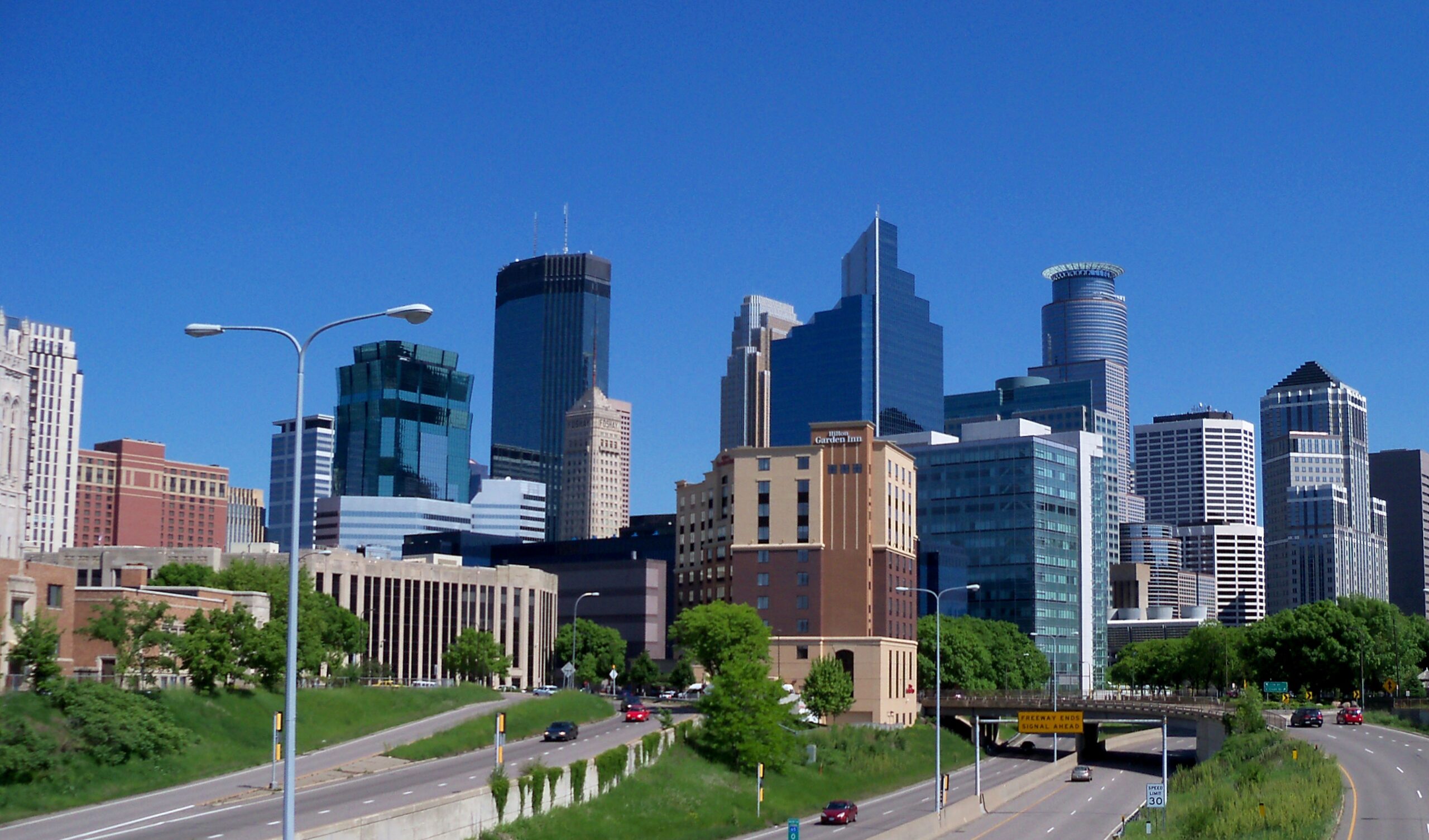
Just last year, in June 2024, the Midwest was hit by a record-setting heatwave. Minneapolis reached 108°F, a new high, and Chicago sweltered for days above 100°F. Hundreds of heat-related illnesses were reported, and at least 40 people died. City officials scrambled to open cooling centers and distribute water, while meteorologists warned that such events may become even more common.
How Heatwaves Form: The Science Behind the Swelter
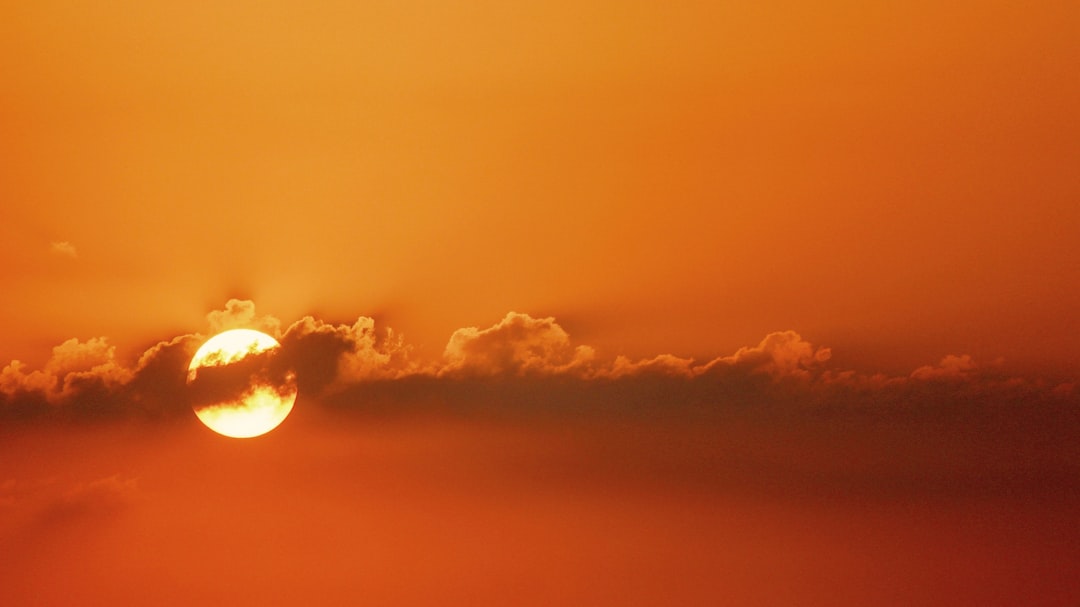
Heatwaves happen when high-pressure systems stall over an area, trapping hot air and blocking cooling winds or rain. These “heat domes” can last for days or weeks. Scientists note that urban areas, with their asphalt and concrete, absorb more heat—a phenomenon called the “urban heat island effect.” Climate change is also playing a role, making heatwaves more frequent and intense than in the past.
Who Is Most At Risk During Deadly Heatwaves?

Not everyone suffers equally in a heatwave. The elderly, infants, those with chronic illnesses, and people without access to air conditioning face the greatest risks. Low-income communities often live in older buildings with poor ventilation. Outdoor workers, like farm laborers and construction crews, are also highly vulnerable. Understanding these risks helps cities target aid and resources more effectively.
How Cities Prepare for Extreme Heat

Many cities now have heat emergency plans that include opening cooling centers, distributing water, and checking on the elderly. Some use text alerts and social media to warn residents. New York and Chicago have even mapped out “cooling corridors”—routes with shade and water for people without homes. Public health campaigns teach people how to recognize heat illness and when to seek help.
The Role of Air Conditioning: Lifesaver and Liability
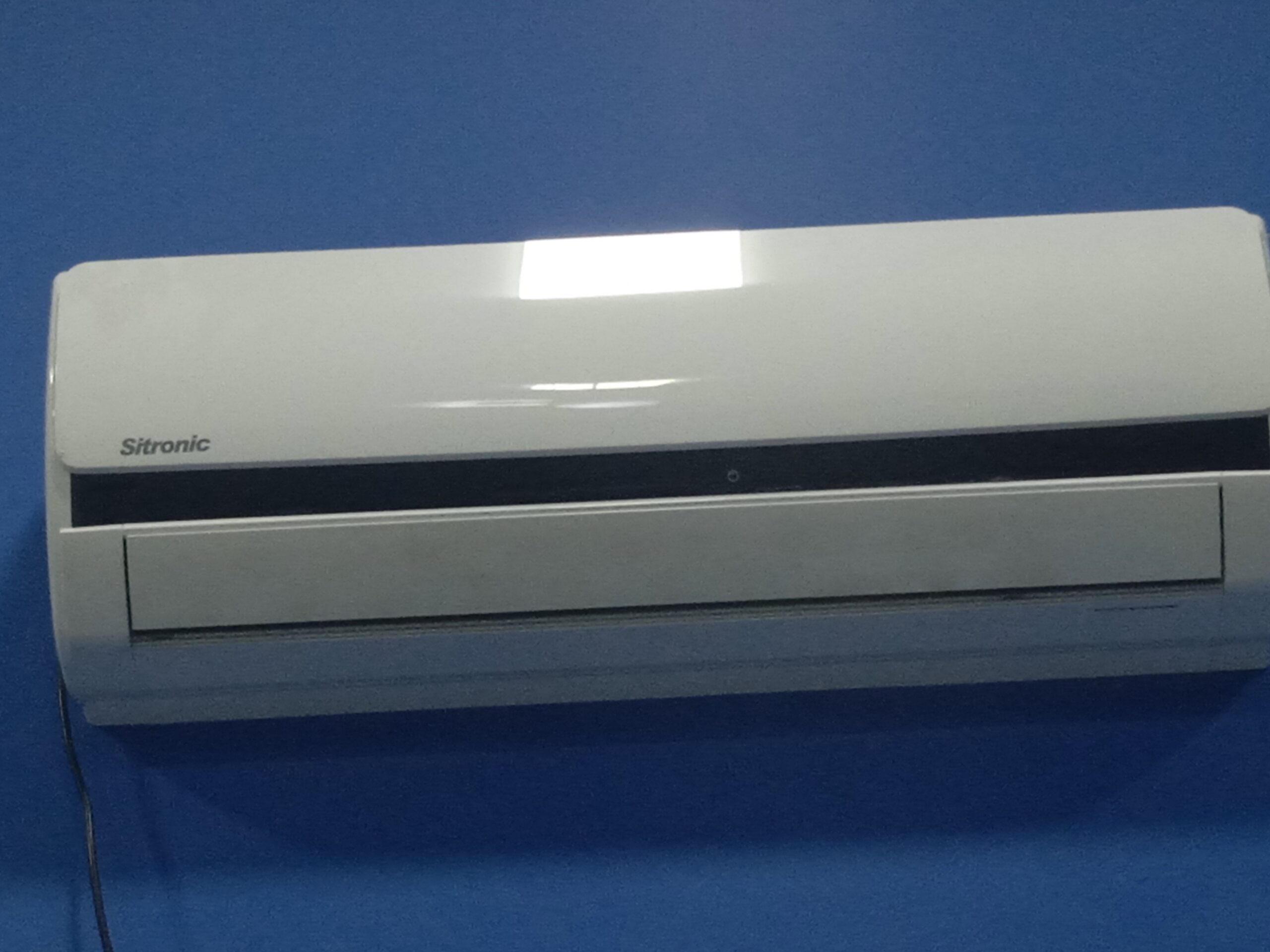
Air conditioning has saved countless lives during heatwaves, but it’s also a double-edged sword. As more people crank up their AC, power grids can become overloaded, leading to blackouts. Not everyone can afford to keep their homes cool, especially as energy prices rise. Finding ways to keep cities cool while reducing energy strain is a growing challenge for planners and officials.
The Impact of Climate Change on U.S. Heatwaves

Scientists warn that climate change is making U.S. heatwaves longer, hotter, and more frequent. Greenhouse gases trap more heat in the atmosphere, raising average temperatures and increasing the odds of extreme events. This means that the deadly heatwaves of the past could become the norm in the future unless strong action is taken. Communities are urged to adapt by planting trees, building shaded spaces, and investing in cooling infrastructure.
Lessons Learned and the Path Ahead
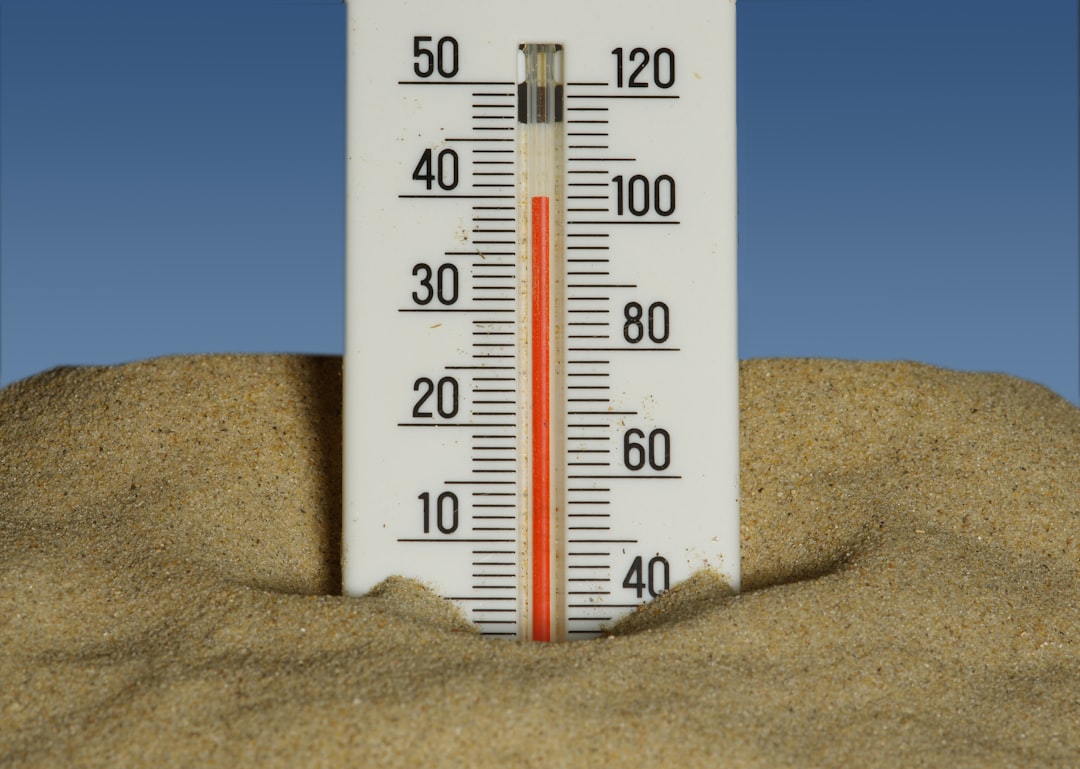
Every deadly heatwave teaches new lessons—about preparedness, vulnerability, and the power of nature. Cities have become better at warning residents and providing relief, but challenges remain. As the world heats up, Americans are learning that surviving the next big heatwave will take more than just staying indoors. Will you be ready for the next sweltering summer?
The post 15 U.S. Heatwaves That Turned Deadly appeared first on The News Pulse .
Post a Comment for "15 Deadly U.S. Heatwaves That Changed History"
Post a Comment